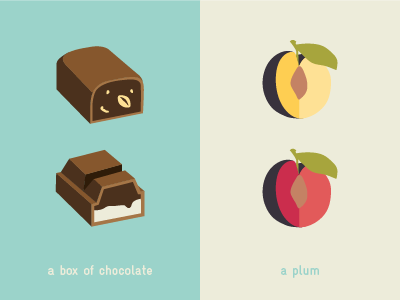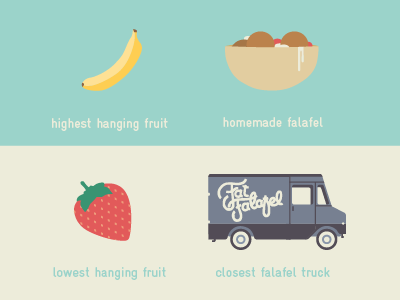13+ Analogy for Kids Examples to Download
There are tendencies when we would want to show a connection between two, entirely different things to explain a point. How can we effectively do so?

We can do so with analogies.
Defining Analogy
An analogy example is a literary device that describes or explains an idea through the comparison between two, entirely different things and indicates a relationship between two things.
Simile, Metaphor, or Analogy?
There will be instances wherein differentiating between analogy and simile and between analogy and metaphor can be quite tricky.
A metaphor example is a direct comparison between two or more seemingly unrelated subjects. A famous example presented by Wikipedia is Shakespeare’s famous text:
Analogies are actually not among the figures of speech compared to simile and metaphor. Analogies are used when you are trying to make rational arguments and support ideas through showing the relationship and comparison between two different things.
Simile, on the other hand, is one of the figures of speech which compares two different things and uses the words like or as in comparing.
Metaphors are also one of the figures of speech that equates two different things.
Examples:
- Analogy: ice is to cold
- Simile: He is as cold as ice.
- Metaphor: His heart is icy cold.
Why Do We Use Analogies?
There are many reasons why we use analogies in writing and here are some of the reasons why:
1. We use them to tell stories
We use analogies when we tell stories to other people who can never or have never experienced them.
Say, for example, we narrate to a blind person how beautiful the color green is. We can say green reminds us of the lushness of the trees and plants in the forest. We can say red is like the warmth we feel when our parents would give us a tight embrace. We can say blue is like the feeling we get when our parents would not give us an extra piece of cookie. All those are analogies and imagine how these can be helpful.
2. They build bridges of understanding.
There are a lot of things that are difficult to explain and using analogies can be a good way to make people understand of what you are trying to connect.
3. We use them to connect.
Using analogies is one way of showing how two things are related to one another. Through analogies, we show people how one entirely different thing can be similar to the other.
Here are other simple reasons why:
- Analogies are used to explain a concept that is unfamiliar to someone.
- Analogies are used to make a relatable explanation in order for the comparison to be understood.
- Analogies are used to make the difference between two things to be easily understood
- Analogies are used to help the writers get their thoughts on the readers
- Analogies are useful in proving a point.
- Analogies create a relationship between two, entirely different things.
Analogy Types & Analogy Examples
Here are some of the common types of analogy and examples of analogies for kids.
1. Opposites Analogies
As the term suggests, opposite analogies are for things that are opposite from one another
Examples:
- peace & war
- love & hate
- drought & flood
2. Object and Classification Analogy
There are analogies that are in relation to the classification of the object. While there can be many options, choose only the most fitting answer.
- sword & weapon
- pink & color
- square & shapes
3. Object and Related Object Analogy
This type gets confused with the Things-that-Go-Together type of analogy which will be discussed later on. This type shows the obvious relation between two things; however, these things should not be necessarily be inseparably intertwined to one another.
Examples:
- chick & chicken
- seed & tree
- puppy & dog
4. Object and Group Analogy
This analogy categorized an object to its equivalent group.
Examples:
- flower & garden
- tree & forest
- wolf & pack
5. Degrees of a Characteristic Analogy
This analogy states the relationship between the degrees of one thing and the other.
Examples:
- warm & hot
- cold & freezing
6. Cause and Effect Analogy
This type gets often confused with the effort and result analogy which will is discussed below. This analogy type means you have to go for an extra mile in order to achieve the result.
Examples:
- spin & dizzy
- fire & burn
- read & learn
7. Effort and Result Analogy
This analogy tells the relationship between two things by determining the result after exerting an effort or doing a particular thing that would result in another.
Examples:
- write & novel
- build & building
- design & magazine
8. Problem and Solution Analogy
This analogy tells the relationship between two things by determining the solution to the given problem.
Examples:
- hole & sew
- ignorance & education
- exhaustion & rest
9. Verb Tenses Analogy
This type of analogy tells the relationship between two things by determining the other tense form of the given verb.
Examples:
- sleep & slept
- weep & wept
- dream & dreamt
10. Performer and Action Analogy
This type of analogy tells the relationship between two things by determining
Examples:
- writer & write
- designer & design
- model & pose
11. Object and Part-of-the-Whole Analogy
As the term suggests, this type of analogy states the relationship between two different things by identifying the origin (the ‘whole’) a part if a part of.
Examples:
- finger & hands
- page & book
- key & keyboard
12. Object and Function Analogy
This analogy tells the relationship between two things according to how it is used.
Examples:
- cellphone & to send a message
- computer & to browse the internet
- pen & to write
13. Object and Location Analogy
This analogy tells the relationship between two things with respect to its obvious location.
Examples:
- tree & forest
- family & home
- baby & crib
14. Things-That-Go-Together-Analogy
This analogy shows the relationship between two things by identifying its set.
Examples:
- salt & pepper
- fork & knife
- spoon & fork
With the help of analogy, you will be able to explain things better by making good comparisons and connections. Whenever there is an idea that you would want to explain, you can always make good use of analogies to help your thoughts and ideas get across. We hope this article has helped you in understanding analogies better.


